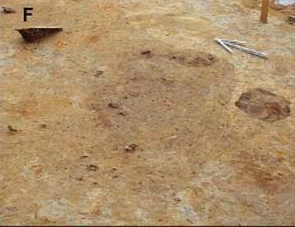The structure of the tombs, traces of burial… remain intact after 6,500 years, only human remains in the tombs have disappeared without a trace.
According to Science Alert, a new analysis has revealed the mystery of the ancient cemetery located on the edge of the Arctic Circle in Tainiaro – Finland , where the graves have caused great shock since the first excavation in 1980.
Thousands of artifacts have been found and described, but no trace of any humans!
All that remains in the burial pits is sandy soil tinged with a little ash, with red streaks of ocher, and some burial items.
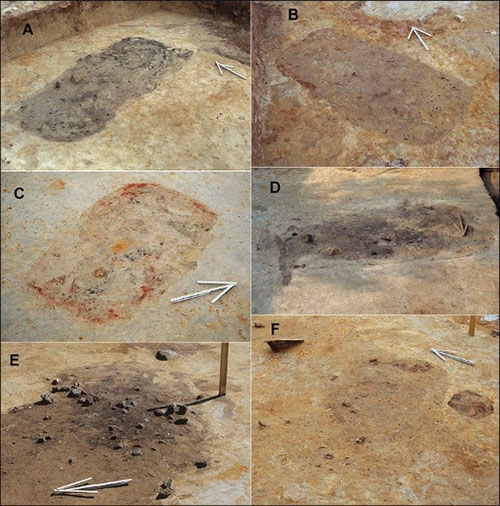 Graves without human remains in Finland – (Photo: ANTIQUITY).
Graves without human remains in Finland – (Photo: ANTIQUITY).
The research team led by archaeologist Aki Hakonen from the University of Oulu (Finland) believes that the 200 holes in the cemetery hold the secret to the disappeared remains.
“Even though no skeletal material remains at Tainiaro, we believe it should still be considered a cemetery,” the authors wrote in a paper published in the scientific journal Antiquity.
Accordingly, they believe that the area’s acidic soil caused human remains to decompose faster than normal , completely disappearing after several thousand years of burial.
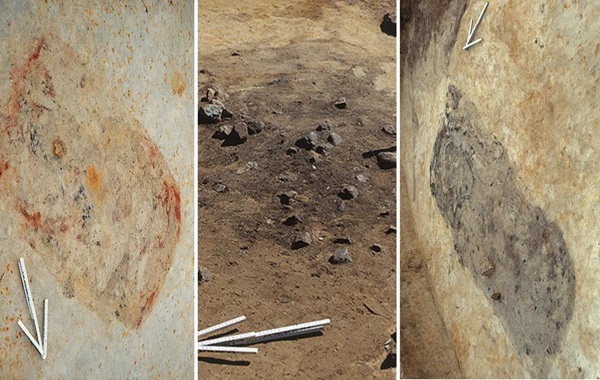
Meanwhile, stone artifacts, ceramic fragments or animal bones that have been burned to ashes still leave traces.
Although the remains disappeared, the ancient cemetery and its empty tombs are still extremely valuable archaeological finds.
Most of the pits contain traces of ash and charcoal. Added to this is the appearance of ocher . That is evidence of ancient rituals.
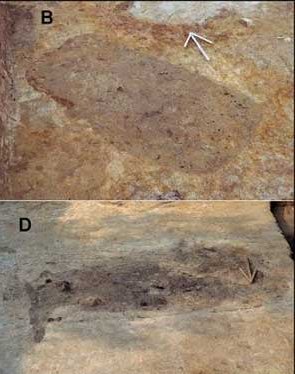
In addition, a large cemetery is evidence of the once dense Stone Age communities here.
The shape and size of the burial pits – which are about 1.5x2m, half a meter deep, with rounded corners – are similar to hundreds of other stone age tombs found in 14 cemeteries across Northern Europe.
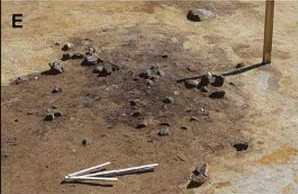
Of the 200 holes in the cemetery, 44 were identified as actual graves.
Dr. Hakonen said only one-fifth of the cemetery has been excavated. They will continue their work using both ground-penetrating radar and direct excavation in the hope of finding remaining hair samples and DNA.
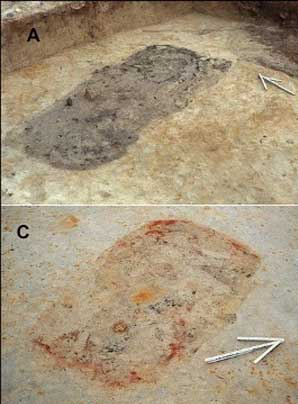
In addition, why Stone Age people gathered in this remote, cold and almost unlivable area is so common, that is still an interesting question waiting to be answered.
